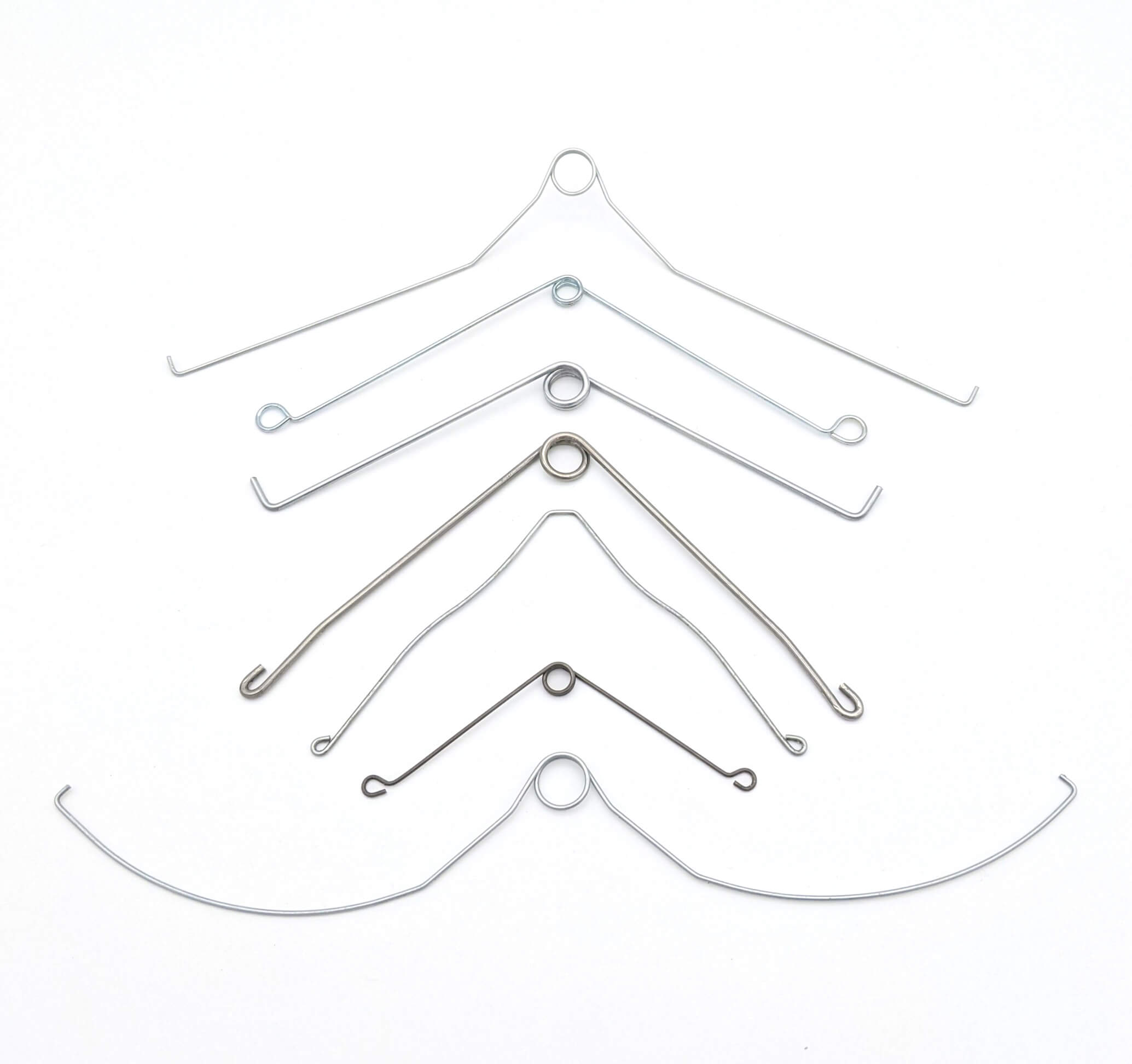Get unique, complex parts easily. No matter your requirements, Chaoyi Spring creates hard-to-produce coil springs and wire forms.
Let us help you create the custom wire form you need, from S-hooks and J-hooks to utility hooks and more.
We work closely with customers across a wide range of industries, helping them design and manufacture made-to-order parts.
Why choose Chaoyi Spring? We prioritize customer-focused collaboration, modern equipment and the latest technology to make your parts per print.
Find the information and guidance you need, from measuring a spring to learning about materials, placing an order and much more.
For any home mechanic, a coil spring compressor is an indispensable tool. Whether you're working on your car's suspension or tackling a DIY project involving springs, this tool makes the


For any home mechanic, a coil spring compressor is an indispensable tool. Whether you're working on your car's suspension or tackling a DIY project involving springs, this tool makes the job significantly easier and safer. It allows you to compress those pesky coil springs, providing the clearance you need to remove and replace parts. But with so many options out there, how do you choose the right coil spring compressor for your needs? We'll explore the basics of coil spring compressors, different types available, and key considerations when making your purchase.

A coil spring compressor is a specialized tool used to safely compress and release coil springs, commonly found in vehicle suspensions. Springs are designed to store energy and return to their original shape, making them inherently dangerous to work with. A coil spring compressor allows you to safely compress the spring, enabling the removal or replacement of components like shock absorbers or struts.
There are various types of coil spring compressors, each with its own advantages and disadvantages. Here are some of the most popular options:
External compressors are the most common type. They consist of two arms that clamp onto the coil spring's outer diameter. As you tighten the arms, the spring compresses. External compressors are typically more affordable and easier to use, making them a popular choice for home mechanics.
Internal compressors, also known as 'inside-the-spring' compressors, are designed for use inside the coil spring. They consist of a set of rods that are inserted into the spring's coils. The rods are then expanded to compress the spring. Internal compressors are generally considered safer than external compressors because they have a lower risk of slipping. However, they can be more challenging to use and require access to the inside of the spring.
Hydraulic compressors utilize hydraulic pressure to compress the spring. These compressors are highly effective and provide a precise amount of compression. They are often preferred for heavier-duty applications and offer greater control over the compression force.
When selecting a coil spring compressor, consider these key factors:
The type of coil spring you need to compress will dictate the type of compressor you need. For example, external compressors are suitable for most standard coil springs. However, internal compressors are often necessary for specific applications, like compressing springs in a limited space.
Compression capacity refers to the maximum force a compressor can apply. Ensure that the compressor's capacity matches the spring's load. Larger springs require a compressor with a higher compression capacity.
Size and weight are important factors if you're working on your own vehicle. Consider the compressor's dimensions and weight to ensure it's manageable for your needs. A heavy compressor can be difficult to maneuver and use, particularly if you lack a garage or workspace.
Safety should always be a top priority when working with springs. Look for compressors with features like safety locks and release mechanisms to prevent accidental spring release. Choose a reputable brand that prioritizes safety in their product design.
Once you've chosen the right compressor, here are a few tips for safe and efficient use:
Before attempting to use a coil spring compressor, read the manufacturer's instructions thoroughly. Understand how to operate the compressor correctly and how to engage and release the safety mechanisms.
Always wear safety glasses, gloves, and protective footwear when using a coil spring compressor. These tools can be dangerous, so it's essential to take all necessary precautions to protect yourself from injury.
Avoid compressing the spring too quickly. Apply pressure gradually and release the pressure slowly when finished. Rapid compression can lead to spring damage or instability.
Inspect your coil spring compressor regularly for wear and tear. Check for loose bolts, damaged components, or signs of excessive wear. Maintaining your compressor ensures it remains in safe working order.
A coil spring compressor is a valuable tool for any home mechanic. It can make working with coil springs safer and more efficient. By choosing the right compressor for your needs and using it responsibly, you can successfully tackle those suspension repairs and DIY projects with confidence. Remember to always prioritize safety, follow manufacturer instructions, and use proper safety equipment whenever working with mechanical tools.
By understanding the types of coil spring compressors and key factors to consider, you can confidently choose the right tool for your needs. Remember, safety is paramount. Always use a coil spring compressor according to the manufacturer's instructions and prioritize your own safety. With the right compressor and proper safety practices, you'll be well-equipped to tackle those spring-related tasks and keep your vehicle running smoothly.
Browse some of the custom wire forms and springs that we manufacture. Don’t see what you need? We specialize in made-to-order products that meet your application requirements.
Visit Our GalleryNeed a custom wire form or coil spring? We make it work. Fill out the contact form and a representative will respond within 1 business day. If you have a PDF or CAD file, you can submit to request a quote.